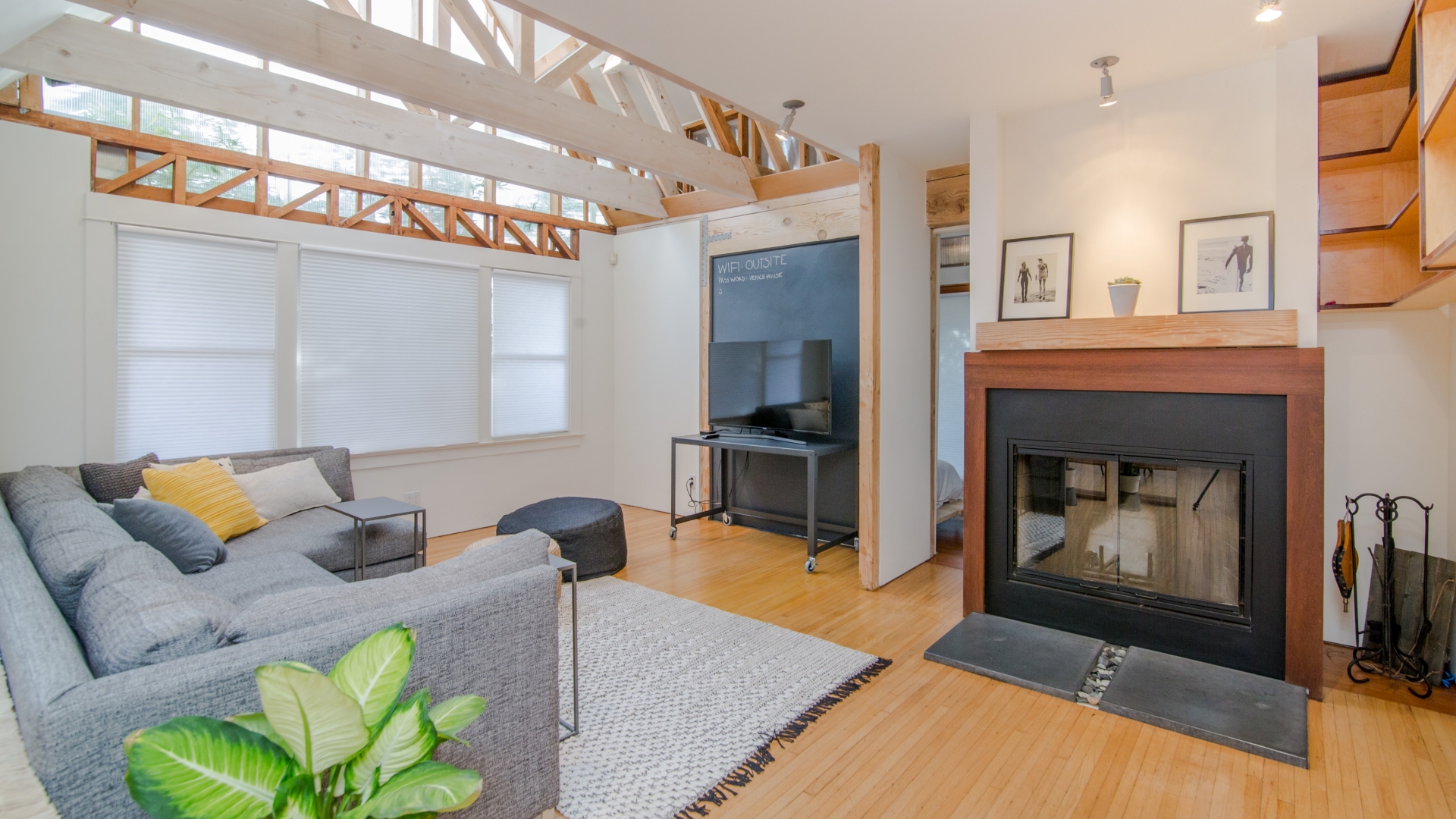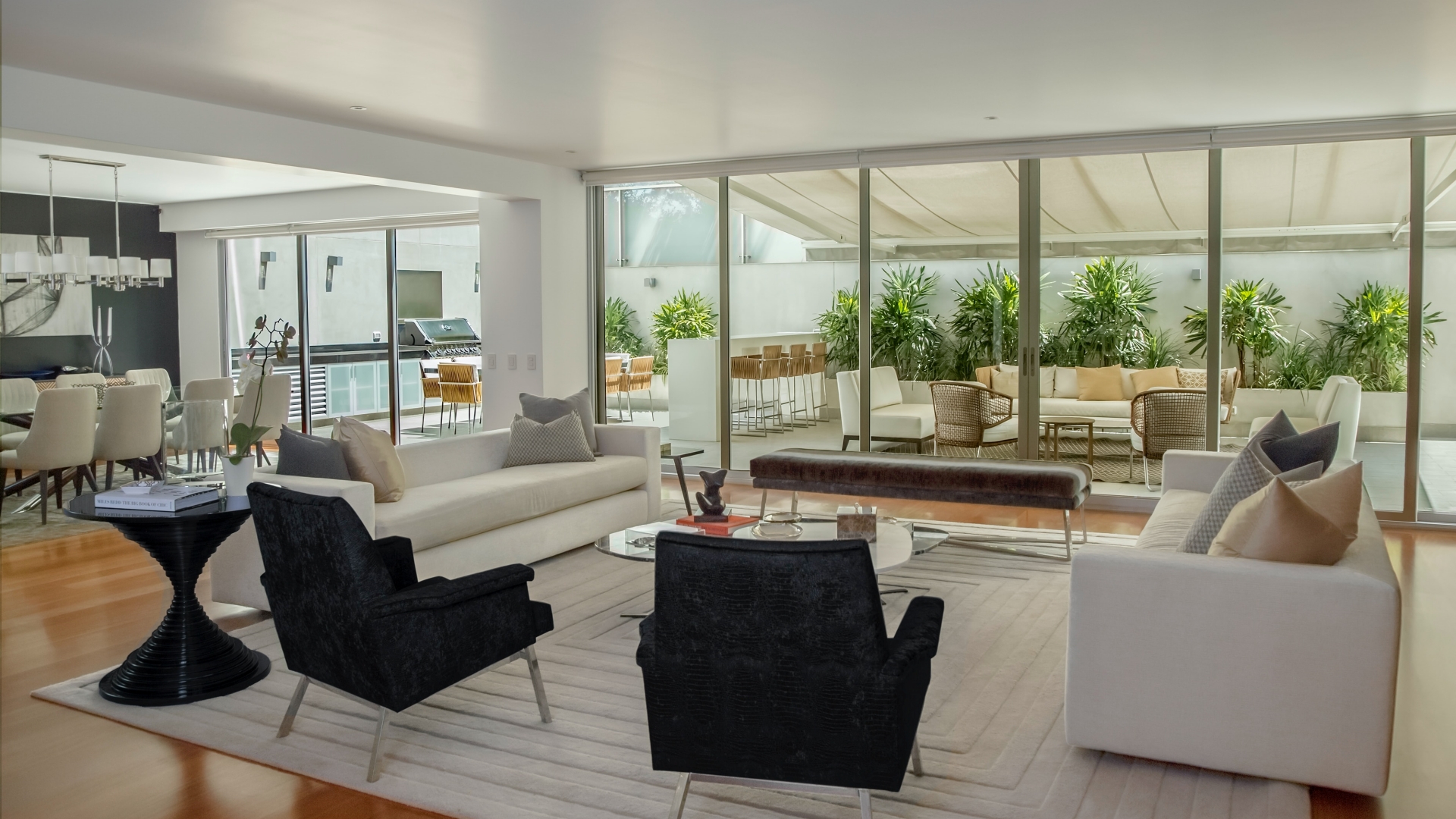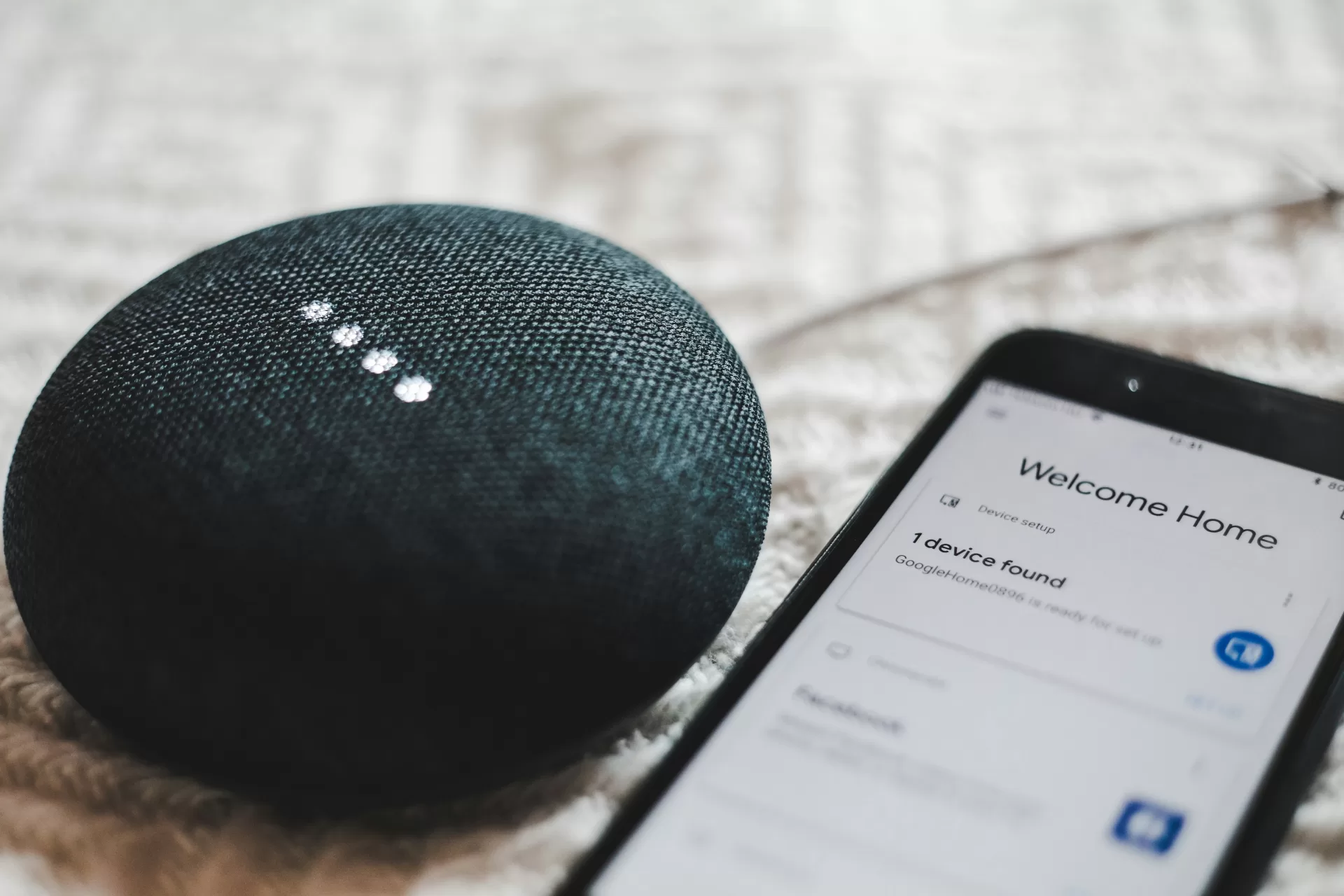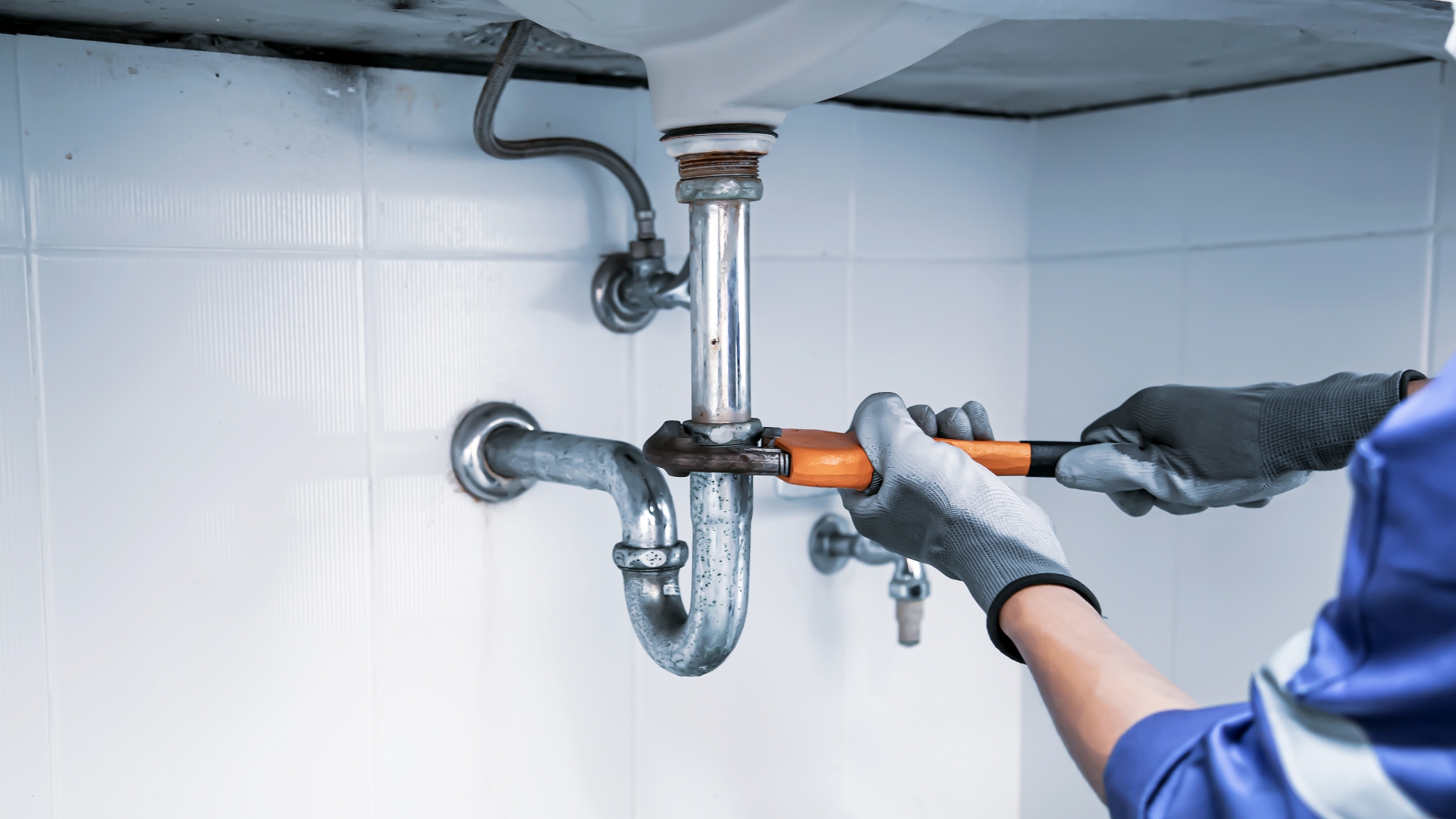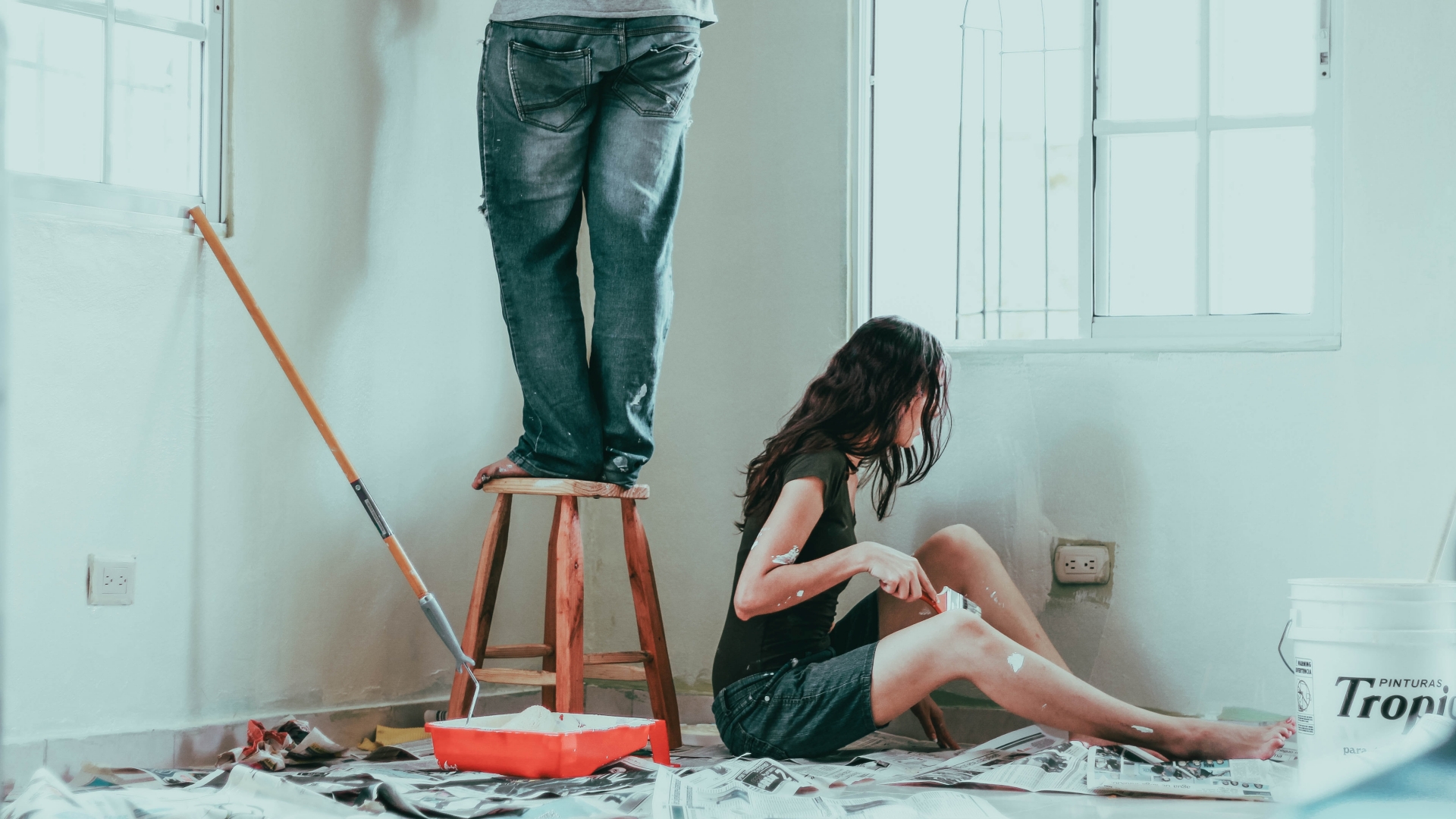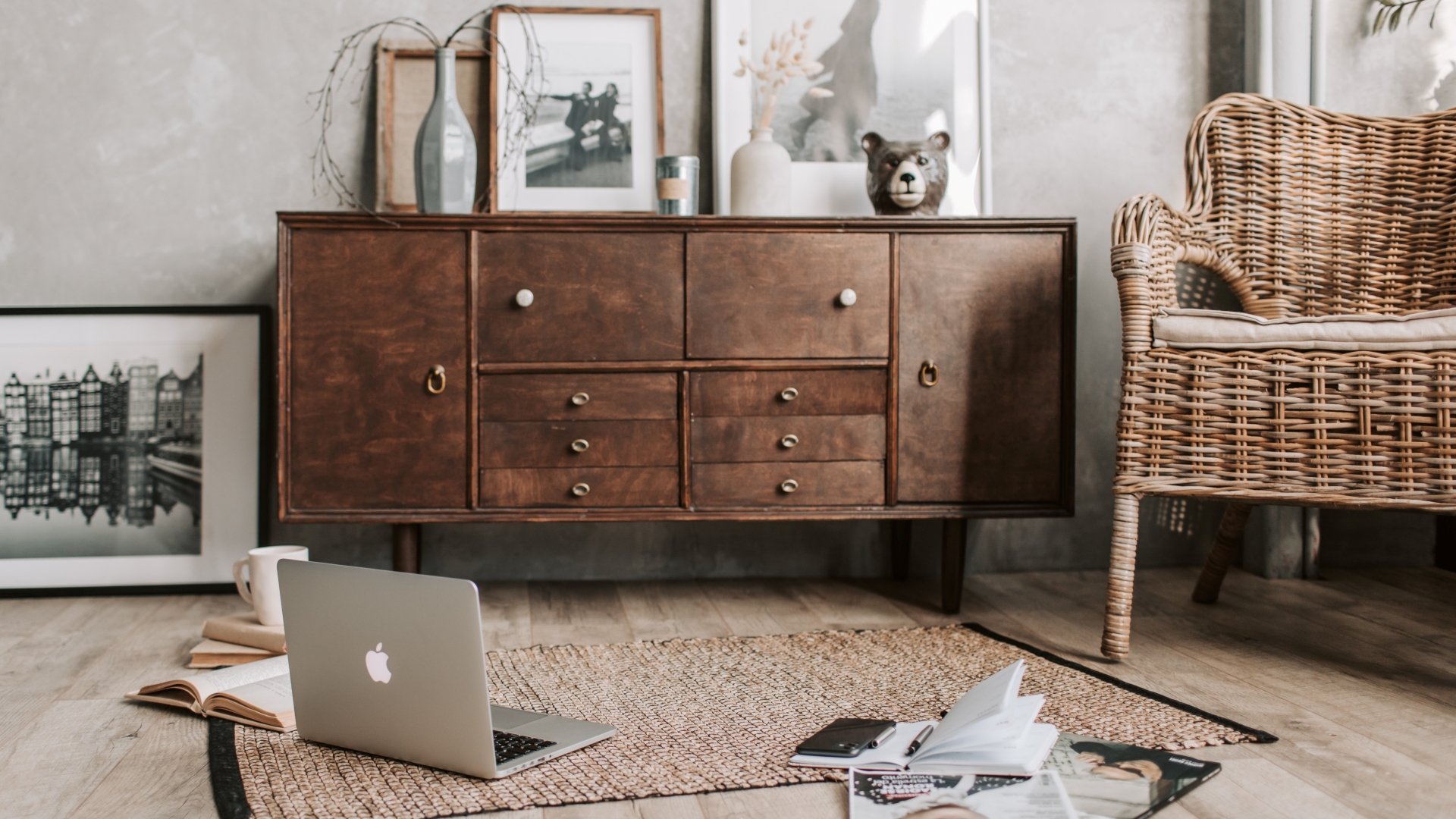Finding the perfect spot for an indoor fountain in your living room can transform the space into a tranquil retreat. The best spot for an indoor fountain is where it improves the flow of energy and fits seamlessly into your decor. This often means placing the fountain in a location that draws attention but doesn’t hinder daily activities.
Consider placing the fountain near the entrance to your living room to welcome guests with a soothing ambiance. Alternatively, a corner or against a wall can be ideal spaces, especially if you have a variety of indoor fountains to choose from, such as tabletop, freestanding, or wall-mounted options.
To make an impact, you can explore different designs that match the style of your living room. Choose from a wide range of options that create a serene and stylish ambiance by visiting indoor fountains. By selecting the right fountain and positioning it thoughtfully, you can enjoy the calming effects of flowing water in your living space.
Determining the Ideal Location for Your Fountain
Choosing the right location for an indoor fountain in your living room involves considering space, size, aesthetics, and energy flow. Proper placement can improve your home’s decor and support a relaxing atmosphere.
Spatial Considerations and Fountain Size
When determining where to place your indoor fountain, first consider the available space. Think about both the size of the fountain and the layout of your living room. Tabletop fountains can fit on side tables or shelves, requiring minimal floor space. Wall fountains can save space by being mounted, leaving floor space clear.
Make sure that the spot you choose has a firm and level surface. Uneven surfaces can cause the fountain to tilt or spill water. Also, you’ll need a nearby electrical outlet to ensure the fountain runs smoothly without trailing cords disrupting the room’s flow.
Lastly, consider the height of the fountain. High fountains might be too imposing in smaller rooms, while low ones can get lost in larger spaces.
Decorative and Aesthetic Impact
Your fountain should serve as an attractive focal point in your living room. Placing it where it can be easily seen from various angles will maximize its impact. Incorporating the fountain into your interior design helps create a cohesive look.
Match the style of the fountain with your room’s decor. For instance, a sleek, modern fountain pairs well with contemporary furnishings, while a more traditional fountain complements classic home decor. Using complementary colors and materials can further improve the overall aesthetic.
Placing the fountain near natural light sources like windows can also add to its visual appeal. The interplay of natural light and water can create beautiful reflections.
Incorporating Feng Shui Principles
Applying Feng Shui principles can help ensure your indoor fountain promotes a positive and calming energy flow. According to Feng Shui, placing the fountain in your living room’s east, southeast, or north corner can improve energy flow, known as Chi.
Make sure the water flows cleanly and steadily. Clean, running water is believed to promote tranquility and prosperity. Avoid placing the fountain near clutter, which can obstruct the positive energy.
Using your fountain to create a focal point of relaxation can transform your living room into an oasis of calm. The sound of water can mask unwanted noise and help generate a relaxing atmosphere.
Maintaining Your Indoor Fountain
To keep your indoor fountain beautiful and functional, focus on water quality, the durability of materials, and safety. These elements will help ensure longevity and effectiveness.
Ensuring Proper Water Quality
Use distilled or filtered water to reduce mineral buildup and prevent algae growth. Clean the fountain’s pump regularly to ensure steady water flow and remove any debris. This will keep the water sound soothing and promote relaxation. Mix a small amount of white apple cider vinegar in the water to naturally kill germs without harsh chemicals, improving both cleanliness and air quality.
Replace the water every couple of weeks, especially if you notice any odors or discoloration. This keeps the water fresh and limits mold or mildew development. Regular maintenance also helps in preserving the humidity and moisture balance in your living space.
Material and Structure Durability
Indoors fountains can be made from stone, metal, wood, glass, or cement. Each material requires different care. Stone and metal are durable but may require sealing to prevent water damage and rust, respectively. Wooden fountains need to be kept dry to avoid warping or mold. Glass should be cleaned with a non-abrasive sponge to avoid scratches.
Check the fountain’s structure periodically for any signs of wear or damage. This will prevent water leaks and potential water damage to your floors or furniture. Ensuring the structural integrity of your fountain keeps it both functional and attractive.
Safety and Other Considerations
Position your fountain on a stable, water-resistant surface to prevent spills and slips. Ensure that the electrical components, such as pumps or lights, are safely housed to avoid any risk of electrical shock. Noise levels should be manageable; a too-loud pump can negate the relaxing benefits of the fountain.
Keep an eye on the moisture level in the room, as excessive humidity can promote mold growth. Choose a fountain with adjustable sound and light options to improve your comfort and relaxation. These features often increase the aesthetic appeal and functionality of your indoor oasis.
Conclusion
Choosing the best spot for an indoor fountain in your living room can greatly improve your space. Placing it near the entrance can create a welcoming atmosphere. Ensure the fountain aligns with your room’s layout and style for maximum effect. Avoid bedrooms and bathrooms to maintain harmony. Following these guidelines will help you enjoy both the aesthetic and calming benefits of your fountain.




